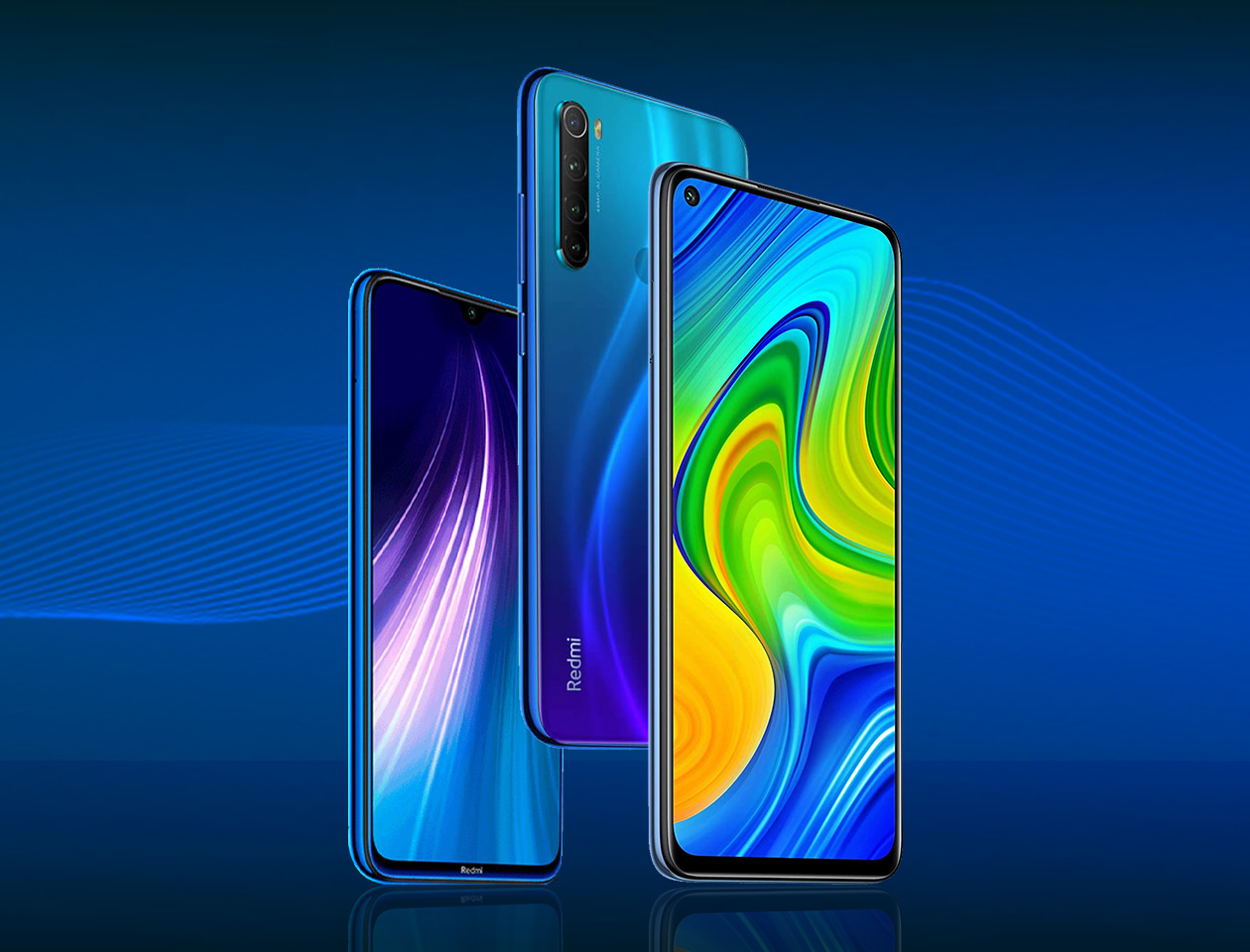Xiaomi introduced its very first smartphone as early as 2011. Since then, the Mi mobile has become a watchword to look out for globally. By 2014, Xiaomi was touted as the largest smartphone conglomerate in its native China. After achieving Chinese critical acclaim, the company took decisive steps to enter the nascent Indian smartphone market. By the time Xiaomi entered India in 2015, Samsung was the king among smartphone brands.
At the time of Xiaomi’s entry, Motorola, Lenovo and Micromax were gaining some steam with their smartphones. In no time at all, Xiaomi crushed these competitors with sleek phones and smart specs. Currently, Xiaomi sells not only smartphones, but a range of products, like Mi (its brand ID) televisions, Mi headphones, Mi Band, Mi power banks, and more.
From the Horse’s Mouth
In 2019, the then latest offering from Xiaomi, the Redmi Note 8, sold out in a flash sale in a record 15 minutes! Now, this comes as no surprise among Xiaomi’s products. Its successor, the Redmi Note 9 Pro, was grabbed off the shelves at lightning speed too. Dominating India’s low-cost marketplace of smartphones, Xiaomi’s strategy is simple. The company began selling, and still does, most of its smartphones online.
With “flash sales” coming up every now and then, it stands to gain more in volume sales than price points. While you can buy Xiaomi’s phones in stores too, most of its new models are launched on e-commerce portals like Amazon. More than 50% of Xiaomi’s sales are accounted for online.
Jayanth Kolla, partner at Convergence Catalyst, a telco research company, stated that by selling their phones exclusively online, Xiaomi doesn’t invest heavily in physical stores, keeping distribution costs low. In fact, Xiaomi’s chief, Lei Jun explained that Xiaomi keeps many of its ancillary costs low to provide consumers smartphones that are affordable. He revealed that Xiaomi wants to “keep every consumer happy”, no matter what segment. Since Xiaomi depends on selling volume for profits instead of large profit margins, it can give consumers low pricing.
The Lion’s Share of the Market
Xiaomi, once called the “poor man’s iPhone”, has come a long way. In 2019, Xiaomi had 28% of the smartphone market share in India. This was a sharp and noticeable increase from the company’s market share in 2016, which stood at just 3%. The figure now is 24.8%, still above Samsung at 20.6%. In October 2020, Xiaomi shipped out 5.5 million smartphones in India, helping it to retain its top spot. Its heavy online presence has somewhat of a disciple-like following in the country. Dedicated Mi mobile users wait patiently for launches of the latest smartphones from Xiaomi, besides other products that it has on offer.
The Popularity of Xiaomi
Xiaomi’s smartphones once faced severe criticism as they looked so much like iPhones. With all the critique came praise too, since Indians were able to buy these budget phones without a dent in their wallets. This isn’t the only reason why Xiaomi’s phones are popular to this day. The brand’s phones come with features and specs that are competitive with many flagship phones, yet are inexpensive by any price standards of many other brands like Samsung. Indians feel they’re getting their money’s worth with hardware that rivals other branded models.
For instance, Xiaomi’s famous Redmi range came out with a 64-megapixel camera (in some phones), but yet it was affordable. Consumers get the best features in the Redmi Note 9 Pro today, at a rock-bottom price. Starting from 12,999 INR in its 4GB RAM variant, the phone is available under 20,000 INR in 6GB RAM models.
With a 48MP array quad-rear camera, a powerful Snapdragon 720G chip, and a MIUI 11 operating system that has proved itself for years, consumers are satisfied and more. Another reason for Xiaomi’s initial elevated status was because local brands weren’t performing with the new 4G networks that had just come out. The switch from 3G to 4G was easier on Chinese smartphones.
Buy Your Favourite Phone
Purchase your preferred Mi mobile from a wide range of phones on the Bajaj Finserv EMI Store, and use your Bajaj Finserv EMI Network card to do so at no-cost EMIs. Get offers and discounts, along with the promise of a 24-hour delivery.





